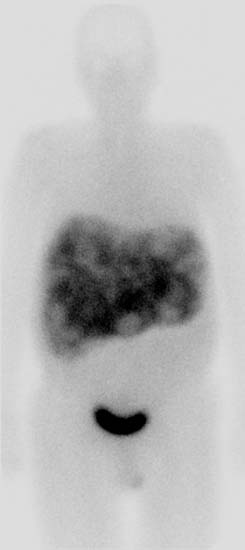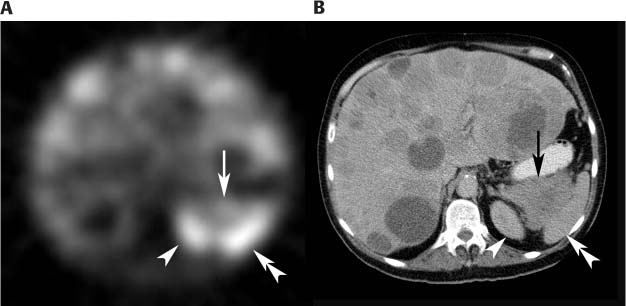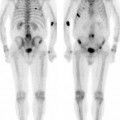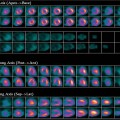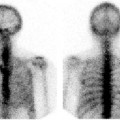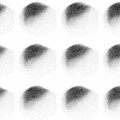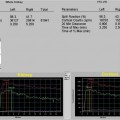CASE 95 A 64-year-old man presents with weight loss, night sweats, and episodic dizziness. Routine blood work reveals a critically low glucose level of 1.0 mmol/L (18 mg/dL). Fasting blood work is subsequently ordered, yielding a glucose level of 1.2 mmol/L (21 mg/dL) coincident with a serum insulin level of 267 pmol/L (normal, 14–145 pmol/L). While fasting, the patient becomes clammy, sweaty, and generally unwell. He is instructed to consume frequent meals as well as orange juice mixed with sugar. These measures result in a significant reduction in his symptoms. Fig. 95.1 Fig. 95.2 • 111In-pentetreotide • If possible, withhold nonradiolabeled octreotide before the scan: withhold 24 hours for short- acting octreotide and 3 to 4 weeks for long-acting formulations. • The patient should be well hydrated to enhance renal clearance. • If the patient has an insulinoma, a glucose infusion should be available to treat paradoxical hypoglycemia. • 6 mCi (222 MBq) • Slow intravenous injection over 1 minute • Medium-energy collimator • 172- and 247-keV photopeaks, 20% window • Planar: anterior and posterior views from head to pelvis at 4 and 24 hours • SPECT: abdomen and pelvis at 4 hours • SPECT: chest, abdomen, and pelvis at 24 hours • Additional images can be obtained at 48 hours if there is uncertainty whether abdominal activity represents pathologic or physiologic uptake. Planar image at 24 hours (Fig. 95.1
Clinical Presentation
Technique
Image Interpretation
![]()
Stay updated, free articles. Join our Telegram channel

Full access? Get Clinical Tree


